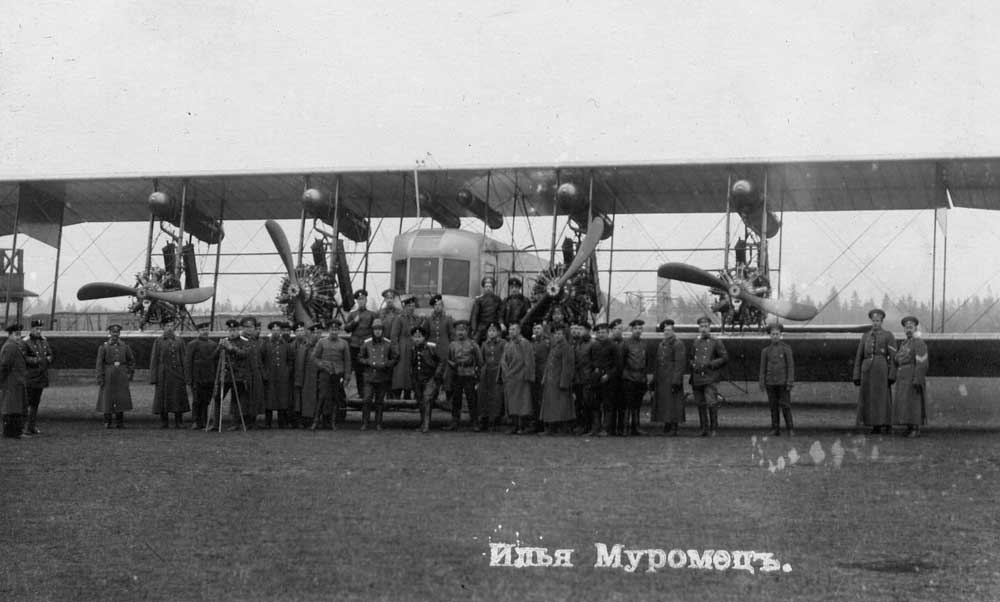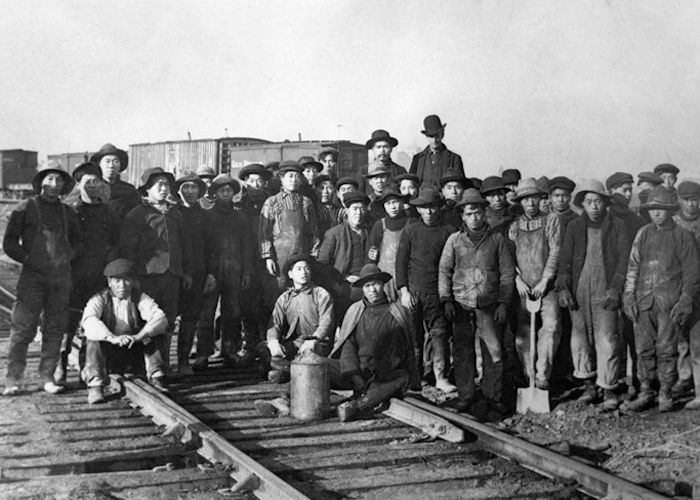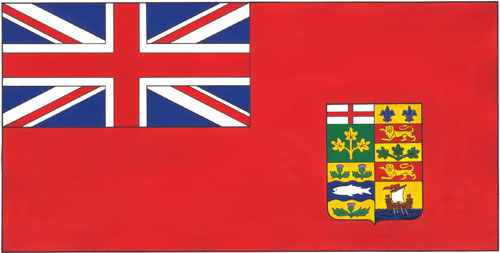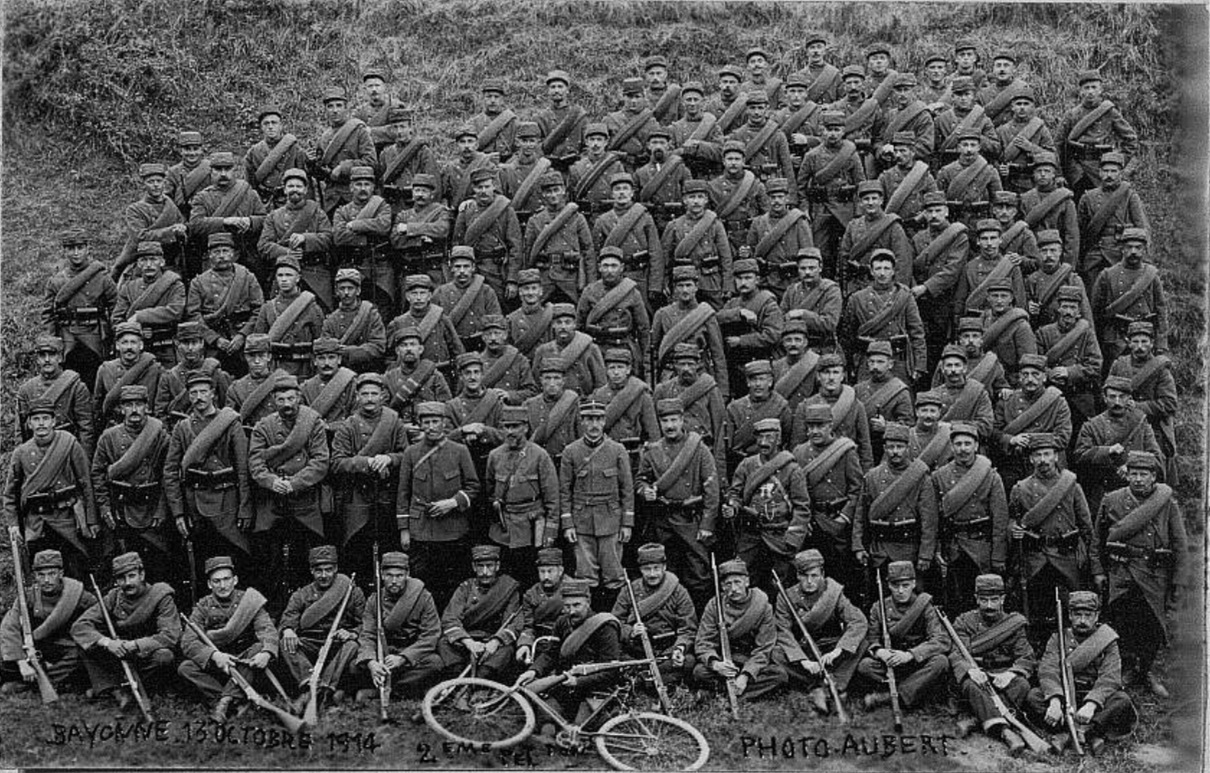After a brief quarrel between the government and the private-owned National Bank of Greece over the financing of new military equipment for the Greek government, it was decided that a new, national bank would be set up – The Bank of Greece. This was to give the government more power over the finances in the country and stabilise the economy as a whole, leading many to believe that the economic depression would soon be lifted and Greece would enter a new era of economic prosperity – despite the raging tensions in the Balkans.
[+2 Economic Stability, -$28,468,121]
Given the severe economic crisis, the government of Greece decides this to be a good time to increase government expenditure on infrastructure, employing the newly unemployed in a programme which would see an improvement of existing roads, railways and ports and the building of new ones where necessary. Needless to say, the project is a huge success, and although costly, the future benefits of the much needed injection would doubtlessly be worth the cost. [+2 Infrastructure Levels in 3 turns, -$38,241,680]
The Kingdom of France realised that the war it has become embroiled in may well be longer than initially anticipated and decides that it would be best if the economy is mobilised for a long, debilitating war from early on. The production of weapons, ammunition and other necessary industrial equipment is increased and the government pumps extraordinary amounts of money into the industrial mobilisation. It is clear that if ever there was a warm-up period to this war, it is now over.
[+121 Industry and +0,1% Industrial growth rate in 1 turn, -$265,222,550]
In addition to its industrial mobilisation for war, the Kingdom of France deems this a good time to increase spending on the research and development of its airpower, emphasising the importance of military aircraft. Costs are very high and results are varying in success while progress is quite slow. But it is progress nonetheless.
[+2 air level in 2 turns, -$186,052,917]
Being a mighty colonial power with an empire spanning continents, France has a natural military advantage over a great many other nations in the world. Not only that, its treatment of those it has colonised has been the talk of many anti-imperialists. In a show that it still rules its colonies with an iron fist, still has the loyalty of its colonies and will stand for no rebelliousness, France sends a call out across the empire to rally colonial populations against the German threat. Given the huge colonial population and the amount spent on the campaign, the response is rather disappointing. However, the French can now count on a sizeable colonial auxiliary force should the need arise.
[+35,000 reservists in 1 turn, -$45,500,000]
As the war raged, Russia was performing well enough but found its logistics stretched, but also its army to be unflexible. To make the army have more support, a radical move was made. The two Ilya Muromets airliners were seized, fitted with bomb racks and machine guns, and turned into large bombers, the fist of their kind. During trials these two Flying Frankensteins performed well and the new Imperial Russian Air Force ordered eight more. Russia also took steps to distance itself from the German foemen, and a campaign of degermanisation was called for. Hailed by everyone except for some of the Baltic nobility, the most noticeable change was the renaming of St. Petersburg to Petrograd, where the shipyards worked overtime to make sure the three new Admiral Ushakov-class Dreadnoughts were finished within the year.
[+2 Strategic Bombers, +2 public opinion immediately, +8 Strategic Bombers, +3 dreadnoughts in 1 turn. -$498,188,014]
(Note: Russia's air level has been set to six to operate and produce these bombers. This does not mean it can field any fighters.)

One of Russia's Ilya Muromets bombers.The Australian government took a number of measures to revive their economy, as well as the world's. First off it reduced tariffs by 4% and followed up by a small industrial drive, in order to produce finished goods rather than natural resources. The increase in industries was tiny, but for Australia it was quite the increase in manufacturing power.
[Tariffs reduced by 4% +5 industry in 1 turn, -$4,000,648]
Feeling that the current state of the Commonwealth Forces is inadequate, Australia commissions another 5,000 regulars to join the existing formation.
[+5000 Regulars in 1 turn, -$13,701,250]
In South Africa, the government shuffled tax rates around a bit in order to spur the economy. It not only did that, but also invested a lot of money in the country's agricultural and service sectors.
[+351 goods and services and 725 agriculture in 2 turns, -$10,015,529]
In 1914, fifteen years of Guerilla came to an end as the Treaty of Vereeniging was signed between the Dominion, the South African Republic and the Orange Free State. The Boers, as well as British settles, received many freedoms in the country and the Boer Republics swore loyalty to the Union of South Africa as 'self-governing provinces', which in negotiations with the Dominion meant that they essentially remained independent.
South Africa, together with New Zealand, saw that Britain was descending into economic chos and many people wanted to flee it. Both countries opened their borders for British immigrants, hoping to bolster their population, with success.
[+24,831 population to South Africa, +13,567 population to New Zealand. -38,398 population to the UK.]
New Zealand also took other measures to improve its economy, and that was to turn away from the epicentre, Britain. It negotiated a trade agreement with Japan and worked to integrate the Maori into society, which essentially acted as a population boost.
[Increased trade and +0,2% industrial growth rate, + 5 industry in 2 turns, -16,985,541]
The Habsburg Empire found itself in dire straits. The once-proud army was not only shattered by the Russian bear, but it also failed to take down tiny Serbia. The army now looked like a uniformed mob, with nearly no soldier being there voluntarily. The Monarchy called out to patriots to defend the empire, and soon 50,000 Germans and Hungarians signed up to join the fight. But not only soldiers won the war, as the wives they left behind found work in the factories that made ammunition for the Empire's armies.
[+1 public opinion in Hungary, +50,000 regulars in 1 turn +23 industry in 3 turns, -$112,429,792]
Although Germany had sent nearly the entire air force to Poland to fight the Russian Empire, it had been used sparsely. The General staff not only resolved to use air power properly in the coming years, but also to make more and better planes. While it was easier to build more planes, the creation of better ones was a slightly more complicated affair.
[+5 tactical bombers, +1 air level in 2 turns, -99,772,695]
This image was reflected in the attempts to increase the size and quality of the army. The German media may have been censored, but the horror stories from maimed veterans returning home led to incredible amounts of draft dodging and little enthusiasm for joining the army, but this didn't put off the most fanatical patriots, of which a number still signed up.
[+1 army level in 2 turns, +25,000 regulars in 1 turn, -1,829,890,680]
But in the midst of this war the economic malaise was continuing, and a bank run seemed likely. The government, however, declared a bank holiday and guaranteed the bank accounts of individuals, spending enormous amounts of money but did see a strong improvement in the economy as a result.
[+2 economic condition, -2,761,712,927]
Guns blazed across the fields of continental Europe, as nations of all strengths found themselves hurled in the greatest struggle since the days of Napoleon. Meanwhile in London, the United Kingdom found itself enjoying the wonders of splendid isolation and peace. The British pursued the path of keeping all their trade links strong, and indeed strengthening economic co-operation within the empire as they successfully pushed intra-imperial trade. To ensure that the ongoing European war would not disturb the blissful economising of the British Empire, convoys would soon become accustomed to being overshadowed literally by the grand hulls of Britain’s finest ships whose latest mission was the protection of their merchants.
[Increase of trade, +1 MFN to UK, Canada, Australia, South Africa and New Zealand]

British convoy sailing for CanadaIn the wake of the London Depression, the United Kingdom was quick to act in their aim of revitalising their national economy. Businessmen and entrepreneurs all over Britain that once suffered from a dreaded factory closures would be delighted by the governmental subsidies allowing them to be re-opened. With these loans vital for keeping the industrial effort of the United Kingdom alive, workers all over the isles would find their once-broken faith in the economy to be regained. Although it was not enough to save all factories from closure, it was an economically sound plan that signalled the beginnings of a recovery.
[+91 industry, -$44,786,167]
As war engulfed the plains of Europe, it came as no surprise that the British Army immediately devoted their best efforts to the modernisation of their current weaponry should the worst come to the worst. Funding was immediately secured in light of the dangerous situation, and research and development of the latest Lee-Enfield rifles began. Older versions were abandoned in light of what was termed the "Pattern 1914 Enfield". The rifle was sleek, modern, and elegant - it seemed perfect. Almost too perfect. What the British army failed to account for was that while on paper it was to be a fearsome rifle, it was doomed from the very start. The frantic atmosphere required that the best of rifles be made as soon as possible, and thus both the production and testing of the rifle found itself far too rushed. The new rifle was far too complicated and bungled to be of any use.
[-1 army level, -168,987,915]
Abroad in the deserts of Egypt, the sun began to reflect upon the man-made lake that is the Quattra Depression. British engineers worked tirelessly, braving the extremes with only two breaks for tea each day in order to ensure that this colonial megaproject would be complete. But despite their best efforts, the water carried could only be so much. Despite much progress being made over the years, it is obvious there is still a long way to go.
[It's still filling up]
The unemployed lined the streets of Canada, pleading for jobs and money wherever they could find it. One such option came in light of Canada's ambitious preparations in modernising their small military. The entire administration was overhauled, with the Minister of Militia and Defence, Sam Hughes, speaking confidently of improving all aspects of their army. Whether it was logistics or communications, all areas would find themselves affected. However despite the earnest planning and limited size of the military, the overhaul would find itself taking longer than expected, no thanks to flaring tensions between French and Anglo officers in the midst of the economically tough times. All was not gloom, however, as despite being far from the frontlines of the European war, the Canadian army correctly predicted that a few of their own citizens would be whipped up by war fever. A recruitment campaign with the aim of strengthening the dominion became a success, with several thousand volunteers and applicants ready to serve for a stronger Canada.
[+1 army level in 4 turns and +30,000 soldiers in 2 turns, -248,187,915]
As part of the British Empire, Canada would find itself one of the worst hit nations in the aftermath of the London Depression. Millions were poor, factories lay empty, and once bustling high streets were christened 'ghost towns'. Despite the pessimistic outlook that many Canadian officials had for the future, nothing would stop their impressive revitalisation effort. Bankers from nations far around the world made way for Canada, as the government sought to use their expertise to rebound the decaying economy into its once prosperous state. Dying banks and shops would have access to some of the brightest financial minds in the world, and it certainly assisted. Following the advice of their newly-recruited legion, Canada began to grant economic autonomy throughout the nation which in turn laid out the conditions for a spectacular recuperation. While they were yet to reach the levels of pre-crash production, much progress had been made.
[+2 economic stability, -376,465,806]
The ripples of the London Stock Market crash had died down by the time they reached the far away of East Asia, but that did not save the Republic of China from economic troubles. The Kuomintang government was quick to act, prescribing stimulus in the form of the planned Trans-Mongolian railway. Unemployed all over China gathered in Beiping, where the ambitious plan was showcased. Initial scepticism was brushed aside as the engineering genius of Jeme Tien Yow successfully allowed for the railroad’s construction to begin despite the rugged mountains to the north. During this time the Kuomintang took corrective actions to both stabilise the Yuan, as well as to enforce an anti-corruption drive. Thousands of KMT members found themselves forced out of office and dragged to court by the merciless Control Yuan, where punishments ranged from heavy fines to lengthy jail sentences, and in some cases visits to practising marksmen. A peculiar aspect was the forced marching of the guilty in order to shame them publically. While this brought a sense of victory amongst the common people of China, there were outspoken critics within the press who believed this to be a step too far.
[+1 Economic Stability, +2 Infrastructure levels in 2 turns, and the anti-corruption drive begins to meet success, -$483,081,466]

Chinese labourers taking a restThe calamitous war that had absolutely devastated Thrace was a learning experience for the general staff of the Ottoman Empire, who while ultimately victorious, felt that the military was overall an ineffective establishment. With the backing of the Young Turks in their aim of healing the Sick Man of Europe, lavish funds were poured into the Turkish army were military exercises soon became a common sight. Officers throughout the Empire devised a wide variety of tactics as they pushed the common soldier to become strong individual warriors, worthy of making Mehmed II proud.
[+2 Army Level in 2 turns, -$106,487,577]
The Ottoman solution to alleviating the worst effects of the economic turmoil was to support the farmers of the land, with small subsidies granted to the largest and most profitable of farmland. Agricultural mechanisation also began to make an appearance during this scheme, with gifts of tractors and even milking machines finding their ways to these very same farmers. Despite the government’s generous attitude, it was argued that not enough was accomplished, with the owner of smaller plots dismayed by the government’s perceived ignorance of their plight.
[+0,06% agricultural growth rate in 1 turn, -$8,830,360]
Sandwiched between the British Raj and French Indochina, Siam was balanced precariously between the two colonial powers. But the small kingdom yearned to keep its independence, and not only that: but as a strong modern nation. An edict was passed in the early months of the year proclaiming that primary education was to be compulsory for all children. Amidst concerns that there simply weren’t enough schools to cater to all Siamese children, the Kingdom responded by raising construction sites throughout the big cities and rural villages alike, where future schools would enlighten young minds. During this campaign, Siam’s primitive railway system was overhauled and new roads were paved as the Kingdom sought to ensure better connection between not only the children and schools, but for the common people and goods flowing into the country.
[Average Education in 1 turn and 2 Infrastructure Level in 3 turns, -$57,673,567]

The newly overhauled railroads of Siam.Despite being far from the frontlines of the war within Europe, the Kingdom of Siam undertook preparations with the military due to increasing concerns the bordering colonies may embroil themselves in conflict. Military drills were held deep within the jungles of Siam, which coupled with extensive local knowledge of the harsh terrain proved to be an admirable success. The Siamese army returned to their garrison having learned vital skills about warfare.
[+2 Army Level in 1 turns, -$88,022,857]
Japan was said to be unsure of its future direction in the years following the Emperor Meiji’s death, but early on in the new Emperor’s reign came a vital governmental restructure. Public outrage was at a high, as citizens angrily protested the Genrō-dominated government having failed to save the Empire from economic turmoil. A few voices even called for military intervention in the ongoing European war. Backed by the powers of this public anger and increasing westernisation, a new constitution was passed with the blessing of the Emperor calling for a reformed state. Great expenses were incurred as the government was overhauled, with the newly-appointed PM Inukai Tsuyoshi promoting a new democratic Japan. With a newly elected cabinet to work with, Inukai met success as Japan was dragged out of economic turmoil with a quick stabilisation of the Yen. Sweeping agricultural reforms were then promoted across both Japan and Korea as the government bought land from the domineering landowners and promptly sold it to the farmers themselves alongside great subsidies and loans, much to their relief in these difficult times.
[The government is successfully restructured, +2 Economic Stability, +1,179 agriculture base and +0,2% agriculture growth rate in 2 turns, -$272,784,837]

Japanese farmers reaping harvests from their land.A separate strategy was developed for Korea, as the government worked upon previous land surveys to begin unearthing the natural resources of Korea. Mines began to appear in the mountains of northern Korea as the Empire sought to harvest these resources to further strengthen the economy.
[+450 resource base in Korea in 2 turns, -$4,499,672]
Fearful of struggling to maintain successful contracts during the initial news of the London Stock Market Crash, the Zaibatsu found refuge as the Republic of China offered vast amounts of vital resources in return for Japanese armaments. Realising the potential to help kickstart the economy and lower unemployment, the Zaibatsu accepted the deal. Shipments of modern Arisaka rifles soon found themselves in the hands of the National Revolutionary Army, helping to alleviate their shortage of weaponry.
[+0,1% industrial growth rate to Japan, +10% equipment and +1 army level to China]
Similar to the economic reforms carried out in Japan, the Emirate of Afghanistan sought to ensure a better life for their farmers by purchasing the most fertile of land in the north of the country. ‘National farms’, as they were termed, were established throughout these allotments and divided between not only the former owners of the land, but the needy of Afghanistan. Formerly unemployed people mired in poverty found themselves with a well-paying job as they reaped the land. From time to time, soldiers would also join the ordinary farmers as a result of a new training scheme recently introduced. Fresh recruits were put through half a year’s work within the farmlands or mines of Afghanistan, to bolster productivity as well as to ensure their own fitness.
[+1.5% agricultural growth rate in 1 turn and +1 army level, -$99,900,970]



















